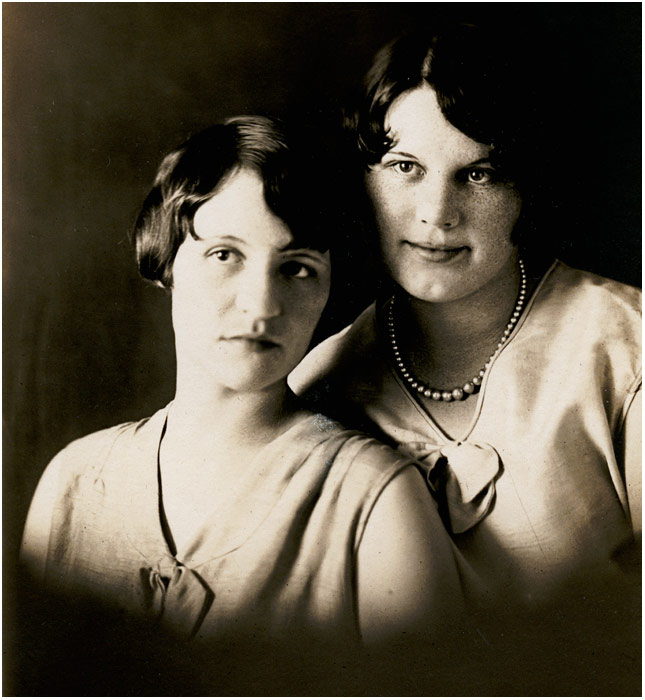
Recovery was hampered by uncertainties. Wool prices fell sharply when the government suddenly started disposing of the 525,000,000 pounds on its hands at the close of the war. Before January, 1919, three rapid auctions reduced prices about twenty percent, handing woolen mills heavy inventory losses and bringing a plague of erratic prices.
Tariff debates also created worries. Visions of disaster came to owners whenever they thought of the possible effects of the existing tariff. Passed in 1913, the act had swept away all but the shadow of protective duties. In the first seven months of its life before the war, imports of foreign cloth suddenly tripled. To American manufacturers it seemed that the home market might be lost if barriers were not quickly erected to stem the tide.
A new dike soon appeared in the form of the emergency tariff of 1921, and its high duties were buttressed in the following year on a more permanent basis. Most foreign cloth was effectively barred by an ad valorem rate of fifty percent and a compensatory duty of unprecedented height. As far as tariffs were concerned, woolen manufacturers had every reason to be happy during the twenties. Nor did they complain when the Hoover Administration, against the advice of economists, revised the tariff structure upward in 1930 and increased ad valorem duties on woolens to sixty percent.–Harry Poindexter
